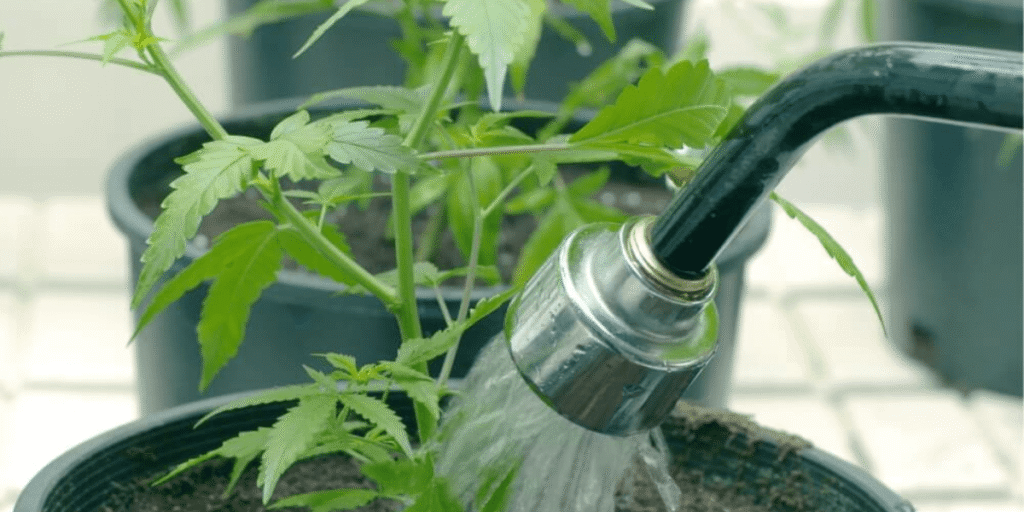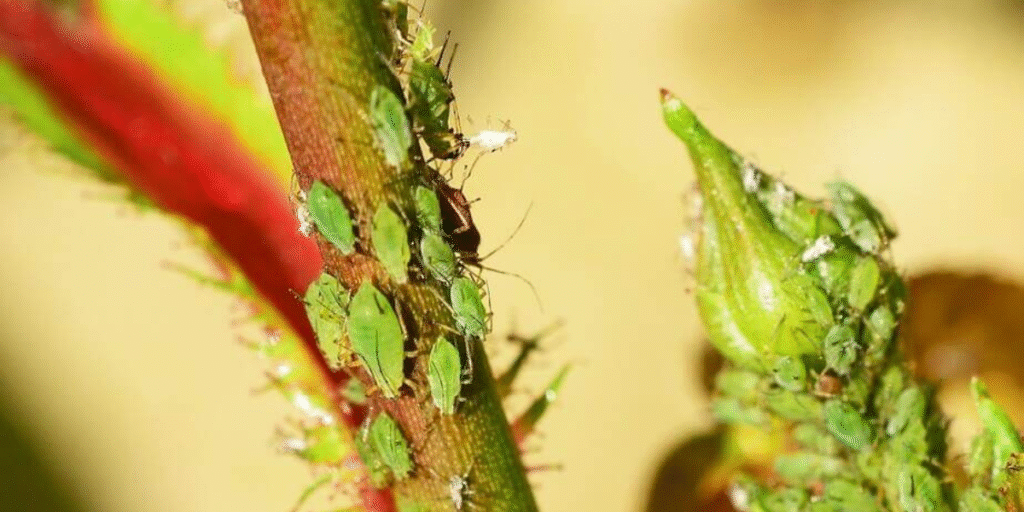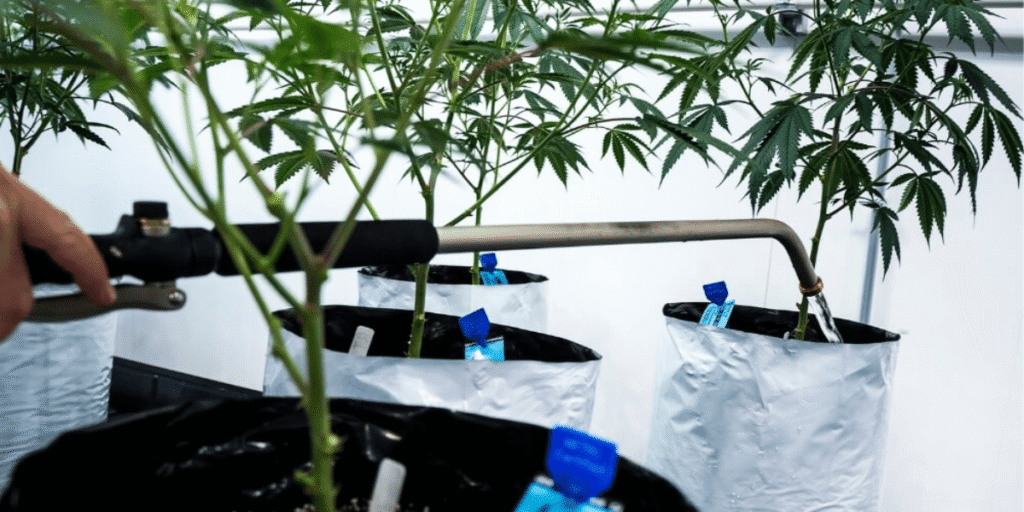Cannabis flush is one of the most widely discussed yet controversial practices in the world of mariguana cultivation. Flushing typically refers to stopping all nutrient input and irrigating plants with plain water during the final 1–2 weeks of the flowering cycle. The goal is to allow plants to finish their life cycle in a “nutrient-free” environment, supposedly enhancing flavor, improving burn quality, and reducing unwanted residues.
However, with advancements in modern cultivation techniques and a deeper understanding of plant physiology, the necessity and effectiveness of flushing have come under increasing scrutiny.
This article combines plant science, modern research, and hands-on cultivation experience to provide a balanced evaluation of flushing, helping growers make more informed, targeted decisions.
The Traditional Logic Behind Cannabis Flush: Why Flush at All?
Traditional arguments in favor of flushing include:
- Removing excess salt buildup in the root zone to reduce residual nutrients;
- Forcing the plant to consume its internal nutrient reserves, which may improve burn quality and flavor;
- Preventing nutrient burn or chemical aftertastes that diminish the quality of the final product.
This practice originated in early soil-based cultivation, where excessive nutrient buildup,especially from high-salt mineral formulas—was more common, often resulting in harsh smoke and chemical flavors. In those contexts, “cutting off” nutrients became a standard precaution.
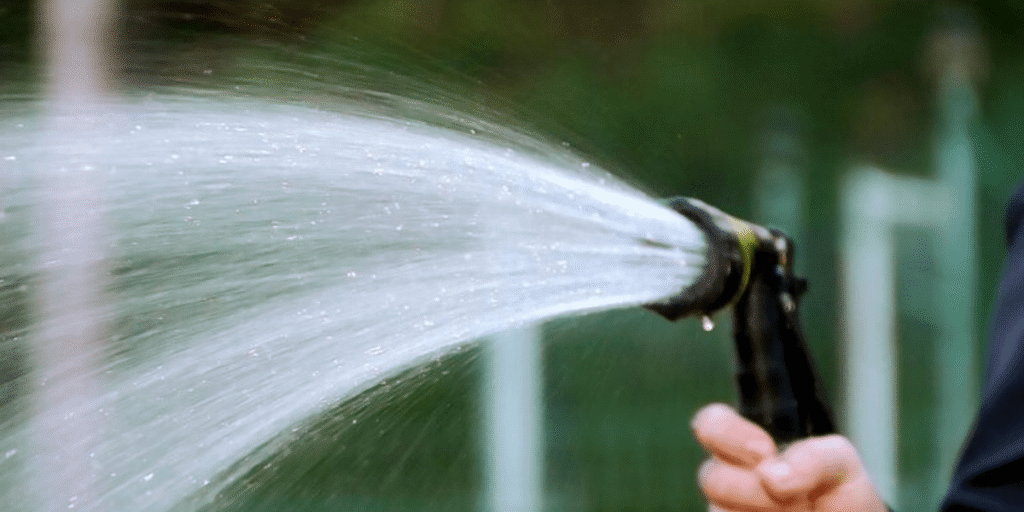
What Modern Science Says About Cannabis Flush Effectiveness
Despite its widespread use, multiple independent studies and cultivation trials in recent years have cast doubt on the true benefits of flushing:
1. Does Cannabis Flush Really Improve Flavor or Burn?
Side-by-side comparisons of flushed vs. unflushed cannabis grown in identical conditions show no significant differences in aroma, ash color, or smoothness. In fact, some unflushed samples have scored higher in blind tests.
2. Cannabis Flush: Impact on Yield and Potency Explained
The final 1–2 weeks of a plant’s life are still critical for trichome development and biomass accumulation. Cutting off nutrients during this time can impede flower maturation, potentially reducing yield and cannabinoid content.
3. Roots and Detoxing: Myths About Cannabis Flush
Plants do not expel toxins through their roots. Most nutrient elements are either metabolized or locked within plant tissues. Flushing doesn’t truly remove residual elements from within the plant.
4. Is Cannabis Flush Necessary for Organic Growing?
In organic systems or living soil environments, nutrients are released slowly and more evenly. Flushing in these systems may disturb the microbial ecosystem and harm plant health rather than improve it.
When Is Cannabis Flush Still Beneficial?
While flushing may not be universally necessary, there are specific scenarios where it may still be beneficial. The key is determining whether it’s truly needed based on your grow conditions:
| Flushing May Be Useful | Flushing Often Unnecessary |
|---|---|
| Soil grows using high-salt nutrients | Organic or living soil setups |
| High risk of nutrient burn or dark, crispy leaves | Low EC input, slow-release feeding |
| Fast-ripening schedules with rapid nutrient accumulation | Long flowering cycles with balanced nutrition |
| Salt buildup in recirculating systems | Controlled hydroponics or coco with stable EC |
A Better Approach: The Fading Method vs Cannabis Flush
Many modern cultivators are replacing harsh flushing with a gentler, more scientific approach called fading.
1. How to Implement the Fading Method Instead of Cannabis Flush
- Start 10–14 days before harvest;
- Gradually reduce nutrient concentration (e.g., dilute 20–30% each feed);
- Continue supplying trace elements to avoid stress;
- Let EC values drop slowly, rather than dropping to zero immediately.
This technique allows plants to transition naturally, reduces stress, and supports more consistent terpene and cannabinoid development without sacrificing yield or quality.
Choosing to Flush Based on Your Grow Medium
Different grow media respond to flushing differently. Here’s a summary:
| Growing Medium | Flushing Recommendation | Reason |
|---|---|---|
| Soil | Optional or gradual flush | Soil has strong buffering capacity; gradual nutrient tapering works well. |
| Coco Coir | Avoid hard flushing | Drains quickly and holds little nutrient; abrupt flushing can shock plants. |
| Hydro (DWC/NFT) | High-risk for flushing | Nutrient levels drop immediately; plants can stress quickly. If flushing, shorten and soften the process. |
| Organic | Flushing not recommended | Nutrient availability relies on microbes; flushing disrupts natural balance. |
Cannabis Flush and Purity: What the Science Reveals
So far, most evidence about flushing’s effects comes from anecdotal reports and community-led trials, not formal peer-reviewed studies.
In one notable blind test, participants could not reliably distinguish between flushed and unflushed cannabis based on flavor, aroma, or ash color. In addition:
- Key metabolites like terpenes, flavonoids, and cannabinoids are mostly synthesized late in flowering and are not directly affected by flushing.
- Flavor improvement is more directly linked to environmental factors such as:
- Flowering temperature and humidity;
- Light spectrum and intensity;
- Harvest timing and plant age;
- Proper drying and curing.
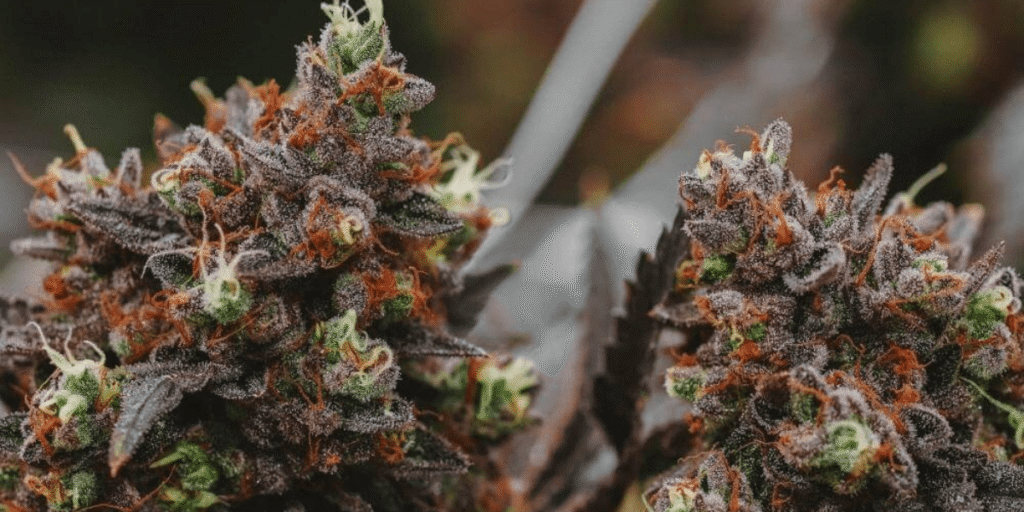
The Real Flavor Boosters: Drying and Curing Over Cannabis Flush
Regardless of whether you flush, your post-harvest process is what truly determines taste and smoothness.
1. Drying Best Practices to Maximize Flavor (Beyond Flushing)
- Keep temperature at 18–22°C (64–72°F);
- Maintain humidity at 50–60%;
- Dry over 7–14 days to preserve terpenes;
- Ensure good airflow to prevent mold.
2. Curing Tips That Outperform Traditional Cannabis Flush
- Curing degrades chlorophyll, stabilizes terpenes, and enhances flavor complexity;
- Store dried buds in airtight glass jars;
- Open jars daily (burping) for air exchange during the first 1–2 weeks;
- Total curing time: 2–4 weeks minimum, longer for premium strains.
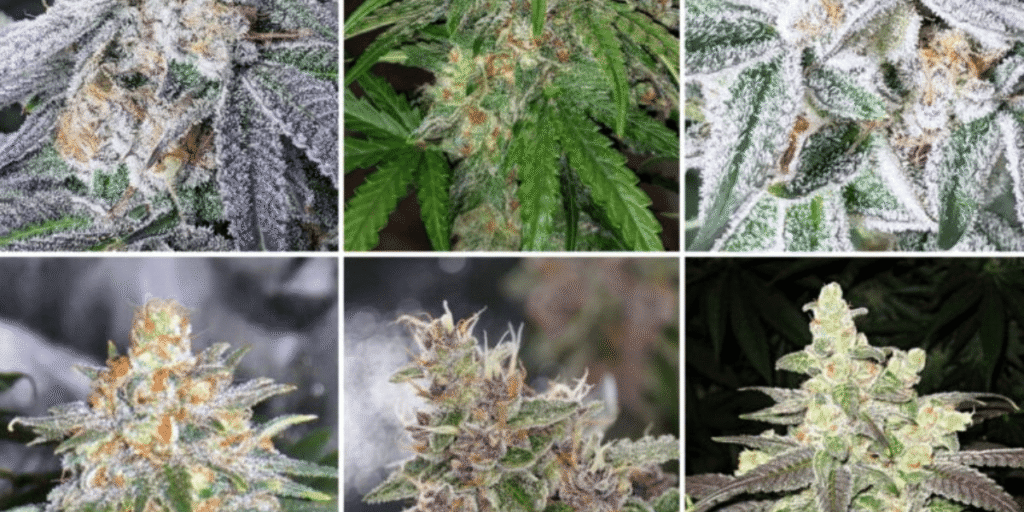
Cannabis Flush FAQ: Common Questions Answered
Q1: Do I need to flush if I’m using organic nutrients?
A1: Usually not. Organic nutrients release gradually and are metabolized naturally. Flushing can disrupt soil microbes. Consider a gentle tapering (fading) approach instead.
Q2: Should I flush in coco or hydroponic systems?
A2: In coco, a full flush is often too harsh—opt for gradual nutrient reduction. In hydroponics, nutrients flush out instantly, so short, mild flushing (if done) is best.
Q3: Can flushing reduce heavy metals or pesticide residue?
A3: No. Once absorbed, these compounds cannot be flushed out. The key is prevention: use clean water, safe nutrients, and high-quality media.
Q4: Are yellowing leaves a good sign after flushing?
A4: Not always. Slow yellowing is normal, but rapid chlorosis could mean shock or nutrient imbalance. Aim for gradual nutrient withdrawal, not starvation.
Q5: How do I properly flush if I choose to?
A5:
- Stop feeding nutrients 7–14 days before harvest;
- Use pH-adjusted water only;
- Allow 10–20% runoff per watering to flush salts;
- Monitor EC to ensure it’s gradually declining;
- Avoid excessive watering that could suffocate roots.
If you do decide to perform flushing, it is recommended to refer to this detailed flushing procedure guide to avoid putting too much stress on your plants. too much stress on your plants.
Final Thoughts: Let Data Guide Your Cannabis Flush Decisions
In precision growing, flushing should be a strategic choice, not a blind routine.
1. Recommended Practices:
- Track your grow: EC, yield, flavor notes, and plant response;
- Run side-by-side tests: flushed vs. unflushed for your strains;
- Use blind tasting panels to gauge real flavor impact;
- Focus on post-harvest excellence: where quality is truly won.
2. Bottom Line:
- Don’t flush by default—flush only when needed;
- Try the fading method for better balance and flavor;
- Invest in drying and curing—the true key to great flower.
Conclusion: Science-Backed Advice on Cannabis Flush
Flushing remains a debated practice in cannabis cultivation, with both traditional beliefs and modern research offering valuable insights. While flushing can be beneficial in certain scenarios,such as preventing nutrient buildup or addressing specific growing media challenges,it is not a one-size-fits-all solution. Scientific evidence suggests that gradual nutrient fading, combined with careful environmental control and optimal post-harvest drying and curing, plays a more significant role in achieving high-quality cannabis flower with excellent flavor and potency.
Growers are encouraged to base their flushing decisions on objective data, conduct their own trials, and prioritize plant health and final product quality. Ultimately, mastering the entire cultivation cycle, from nutrient management to curing, will deliver the best results rather than relying solely on pre-harvest flushing.
Got questions about flush before harvest? Or want to share your best cannabis buds? Tag us on Instagram @Greenfuturelight — we love seeing your grow progress!
Looking for expert advice on cannabis cultivation, nutrient management, and harvesting? Visit our website: www.greenfuturelight.com
Ready to optimize your harvest? Check out our premium LED Grow Light Collection and tailored solutions designed for every growth stage.
Need personalized guidance? Contact our team today for a free consultation!
Happy growing and happy harvesting! 🌿

